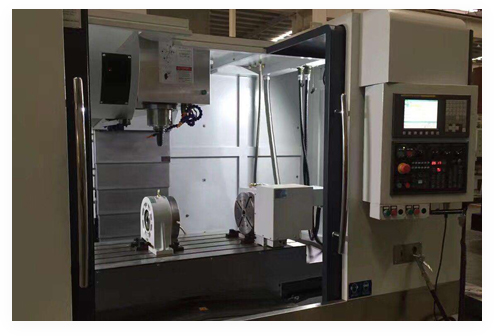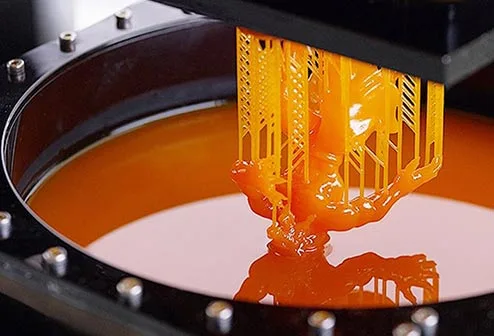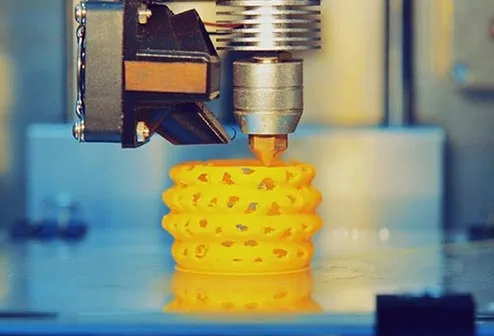Selective laser sintering (SLS) is a groundbreaking additive manufacturing technique that has revolutionized various industries. Using a laser as both the power and heat source, SLS binds powdered materials, such as nylon or polyamide, together to create solid structures based on a 3D model. It is a part of the larger category known as laser sintering, which encompasses multiple materials and laser types. In this article, you will find everything you need to know about selective laser sintering.
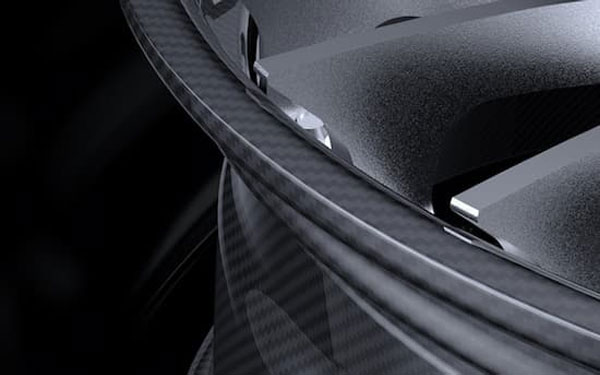
Selective laser sintering, often abbreviated as SLS, is a 3D printing technique that utilizes a high-powered laser to selectively fuse powdered materials layer by layer. A computer-aided design (CAD) model guides the laser to specific points in the powder bed, where the laser's intense heat causes the particles to bind together, forming a solid structure. The process is additive, meaning it builds the object gradually, one layer at a time. SLS has gained widespread popularity due to its ability to create complex geometries and functional parts with high precision.
The SLS process begins with a thin layer of powdered material, typically nylon or polyamide, being spread evenly over a build platform. This platform is then lowered by a fraction of the layer thickness to make room for the next layer.
Once the powder bed is ready, a high-powered laser scans the cross-section of the 3D model onto the surface of the powder. The laser's intense heat selectively fuses the powdered particles at specific points, causing them to bind together and solidify.
The laser scanning and sintering process continue layer by layer until the entire 3D model is formed within the powder bed. The unfused powder around the sintered regions acts as support, enabling the construction of complex and intricate structures without the need for additional support structures.
After each layer is sintered, it quickly cools and solidifies, becoming an integral part of the final object.
Once the printing is complete, the build platform is removed from the machine, and excess powder is carefully removed from the finished object. Depending on the application, additional post-processing steps, such as sanding or dyeing, may be performed to achieve desired surface finishes or colors.
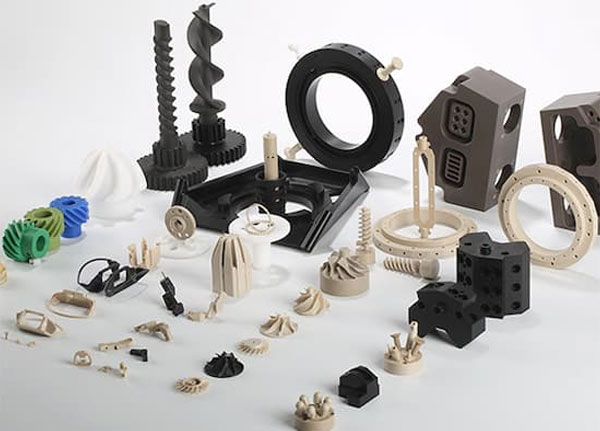
Selective laser sintering (SLS) has found applications across various industries, revolutionizing the way products are designed and manufactured. From functional prototyping to end-use production, SLS has proven to be a game-changer in many sectors.
The aerospace and automotive industries have embraced SLS for its ability to produce lightweight, high-strength parts with complex geometries. SLS allows engineers to create intricate components, such as engine parts, brackets, and ducting, which are traditionally challenging to manufacture using conventional methods.
In the medical field, SLS has paved the way for personalized healthcare solutions. Using patient-specific data from medical imaging, custom implants, and prosthetics can be fabricated with precision and accuracy. These tailor-made medical devices ensure better patient outcomes, improved comfort, and faster recovery times.
The consumer goods industry benefits from SLS's ability to manufacture complex and aesthetically pleasing designs. Whether it's creating intricate jewelry pieces or novel household products, SLS enables designers to push the boundaries of creativity. In the electronics sector, SLS is used to produce casings and enclosures for various devices, ensuring a perfect fit and robust protection.
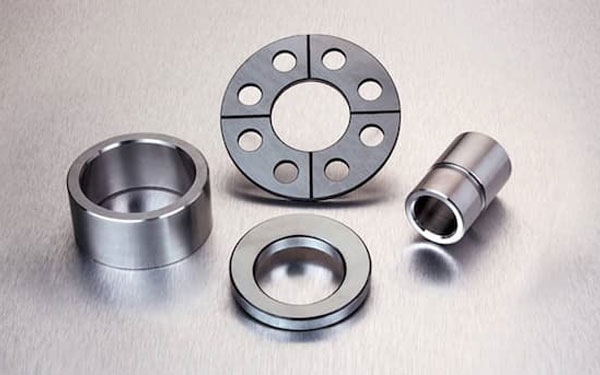
In addition to its exceptional strength, design freedom, and cost-effectiveness, selective laser sintering also offers significant benefits in terms of efficiency and sustainability.
One of the most significant advantages of SLS-produced parts is their exceptional strength and durability. The process creates components with uniform material density, resulting in parts that can withstand mechanical stresses and harsh environments.
Selective laser sintering offers unmatched design freedom, allowing the creation of intricate geometries that were previously impractical or impossible to achieve using traditional methods. Designers can create complex lattice structures, internal channels, and organic shapes, optimizing the performance of the final product.
Selective laser sintering can be cost-effective, especially for low-volume production or customized parts. Traditional manufacturing methods often involve significant tooling and setup costs, which can be prohibitive for small production runs. SLS eliminates the need for expensive molds or tooling, making it an economically viable solution for both prototyping and small-batch production. Additionally, SLS's additive nature results in minimal material wastage.
While selective laser sintering offers numerous benefits, it also has its challenges and limitations.
SLS works well with a variety of materials, including plastics, metals, and ceramics. However, not all materials are suitable for SLS, and the available range of materials is more limited compared to other 3D printing technologies. Some materials may be difficult to sinter or have poor mechanical properties after sintering, limiting the choice of materials for certain applications.
After the printing process, SLS parts often require post-processing to remove excess powder and improve surface finish. This can be time-consuming and labor-intensive, especially for complex designs with intricate internal structures. Additionally, the presence of residual powder inside the parts may affect their mechanical properties and necessitate additional steps for cleaning and optimizing part quality.
SLS printers and materials tend to be more expensive compared to other 3D printing technologies. The cost of the powdered material and the equipment required for SLS can be a limiting factor for small businesses or individuals seeking cost-effective options for prototyping or production. Additionally, the post-processing steps and the need for specialized knowledge and expertise can further contribute to the overall cost.
Despite these challenges and limitations, SLS remains a valuable 3D printing technology for various applications, especially where functional prototypes, customized parts, or small-batch production are required.
Over the years, researchers and industry experts have been continuously working to enhance the capabilities of selective laser sintering.
One of the key trends in selective laser sintering is the continuous improvement in laser technology. Researchers and industry experts have focused on developing more powerful and precise lasers, leading to enhanced speed and accuracy in the printing process.
Furthermore, efforts have been made to expand the range of materials compatible with SLS, including high-performance polymers, biodegradable materials, and advanced metals. These innovations open up new possibilities for applications in medicine, electronics, and sustainable manufacturing.
Machine manufacturers such as laser sintering 3d printer companies are also exploring ways to integrate multi-laser systems and larger build volumes, allowing for increased productivity and the simultaneous production of multiple parts. Additionally, developments in AI-driven laser sintering 3d printer software are optimizing the printing process, minimizing material waste, and improving design complexity.
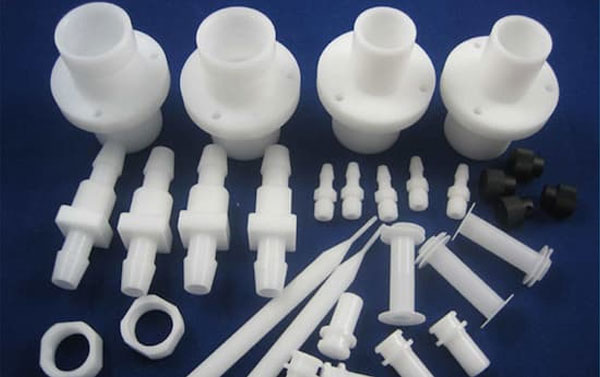
As one of the leading CNC machining companies in China, Richconn specializes in CNC metal machining technology, offering comprehensive services for various metal parts manufacturing. With its expertise and dedication to precision engineering, Richconn has earned a reputation as a reliable partner for diverse industrial needs besides selective laser sintering solutions.
Leading CNC Machining Technology
Richconn stands at the forefront as a professional company specializing in OEM precision CNC machining. Its expertise in this field enables them to handle diverse parts manufacturing with precision and excellence.
Precision Engineering from Start to Finish
With a team of seasoned engineers, Richconn offers comprehensive services from prototyping to large-scale production. Its commitment to precision engineering ensures seamless project execution and superior outcomes.
Cutting-Edge Technology for Unmatched Precision
Employing the latest CAD/CAM software, simulation tools, and state-of-the-art CNC machines, Richconn guarantees the highest level of accuracy and quality in all machining projects.
Uncompromising Focus on Quality
At Richconn, quality is paramount. Stringent quality control measures are implemented to meet and exceed customer expectations, delivering products of the utmost quality and reliability.
Versatility and Custom Solutions
Richconn offers a diverse range of services, catering to different CNC machining materials, sizes, complexities, and specifications. Its adaptability and expertise make it a go-to choice for a wide array of parts manufacturing.
Efficiency without Compromise
Streamlining its manufacturing processes, Richconn ensures efficient production and rapid turnaround times, while maintaining its commitment to delivering high-quality results.
Selective laser sintering has emerged as a leading additive manufacturing technology, pushing the boundaries of design freedom and manufacturing capabilities. Its ability to create functional and complex parts across various industries has led to widespread adoption. As SLS continues to evolve with advancements in materials, lasers, and software, we can expect even more exciting applications and benefits in the near future. The combination of precision, versatility, and innovation makes selective laser sintering a driving force behind the future of manufacturing.
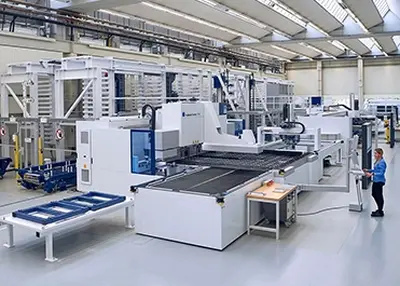 CNC Machining Services and Engineered Machined Products: Meeting Manufacturing NeedsNovember 7, 2023Are you looking to understand the world of CNC machining and engineered machined products better? You're in the right place! I'm here to guide you through the intricate world of CNC machining, engineered machined products, and how Richconn can be your trusted partner in this journey.view
CNC Machining Services and Engineered Machined Products: Meeting Manufacturing NeedsNovember 7, 2023Are you looking to understand the world of CNC machining and engineered machined products better? You're in the right place! I'm here to guide you through the intricate world of CNC machining, engineered machined products, and how Richconn can be your trusted partner in this journey.view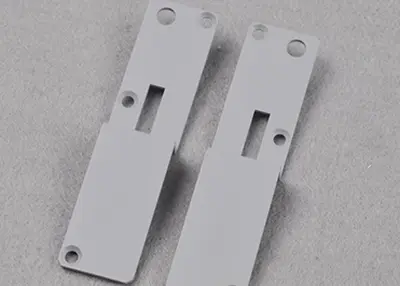 A Strong Piece - Anodized AluminumOctober 12, 2023Did you know that the oxide layer created when anodizing aluminum is almost as hard as a diamond, making it exceptionally resistant to abrasion? It also provides excellent corrosion resistance.view
A Strong Piece - Anodized AluminumOctober 12, 2023Did you know that the oxide layer created when anodizing aluminum is almost as hard as a diamond, making it exceptionally resistant to abrasion? It also provides excellent corrosion resistance.view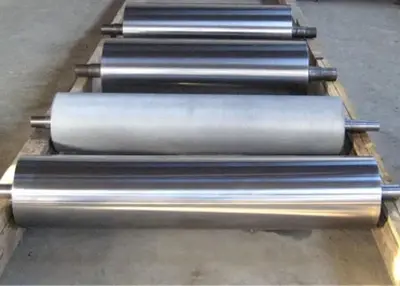 Metal Roller Surface Chrome Plating Process: Enhancing the Appearance and Performance of Your Metal ProductsJuly 18, 2023Learn about the details and benefits of the chrome plating process on metal rollers.IntroductionMetal rollers play an important role across various industries. To improve product appearance, performan...view
Metal Roller Surface Chrome Plating Process: Enhancing the Appearance and Performance of Your Metal ProductsJuly 18, 2023Learn about the details and benefits of the chrome plating process on metal rollers.IntroductionMetal rollers play an important role across various industries. To improve product appearance, performan...view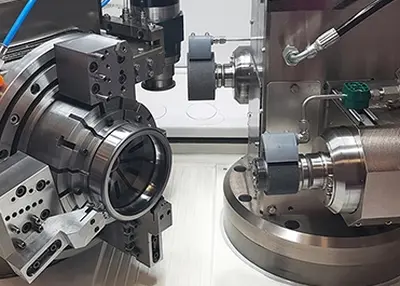 How Do I Get the Part to Meet the Machining Conditions?October 30, 2023Featuring intricate geometries, often complex CNC parts may require the machining of a series of contours, holes, and recesses to achieve the desired shape and size. Read on to learn more about the complexity of CNC machined part geometries and some of our best tips for reducing design complexity.view
How Do I Get the Part to Meet the Machining Conditions?October 30, 2023Featuring intricate geometries, often complex CNC parts may require the machining of a series of contours, holes, and recesses to achieve the desired shape and size. Read on to learn more about the complexity of CNC machined part geometries and some of our best tips for reducing design complexity.view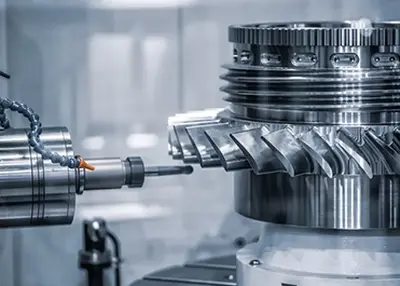 Machining process of connecting rod partsNovember 16, 2023Connecting rod parts play a vital role in the mechanical field and are commonly used in engines, vehicle drivelines, industrial machinery and other applications. In order to ensure their accuracy, reliability and performance, the manufacture of connecting rod parts needs to go through several machining processes.view
Machining process of connecting rod partsNovember 16, 2023Connecting rod parts play a vital role in the mechanical field and are commonly used in engines, vehicle drivelines, industrial machinery and other applications. In order to ensure their accuracy, reliability and performance, the manufacture of connecting rod parts needs to go through several machining processes.view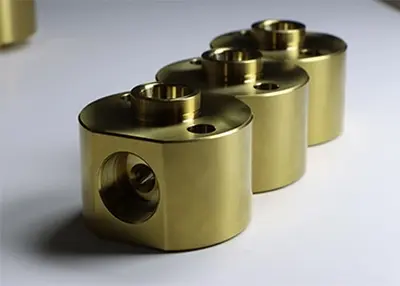 Brass vs Bronze vs Pure Copper vs Copper Alloys: An in-depth look at their differencesSeptember 26, 2023The comparison of brass to bronze to copper and its copper alloys is crucial as these metals can be easily confused. In addition, the distinction between these materials is also very subtle. As a result, development engineers or designers can be seriously confused when it comes to material selection. In particular, the similarity of these metal constituent elements makes it more difficult to classify and select them.view
Brass vs Bronze vs Pure Copper vs Copper Alloys: An in-depth look at their differencesSeptember 26, 2023The comparison of brass to bronze to copper and its copper alloys is crucial as these metals can be easily confused. In addition, the distinction between these materials is also very subtle. As a result, development engineers or designers can be seriously confused when it comes to material selection. In particular, the similarity of these metal constituent elements makes it more difficult to classify and select them.view
 EN
EN
 ru
ru 
